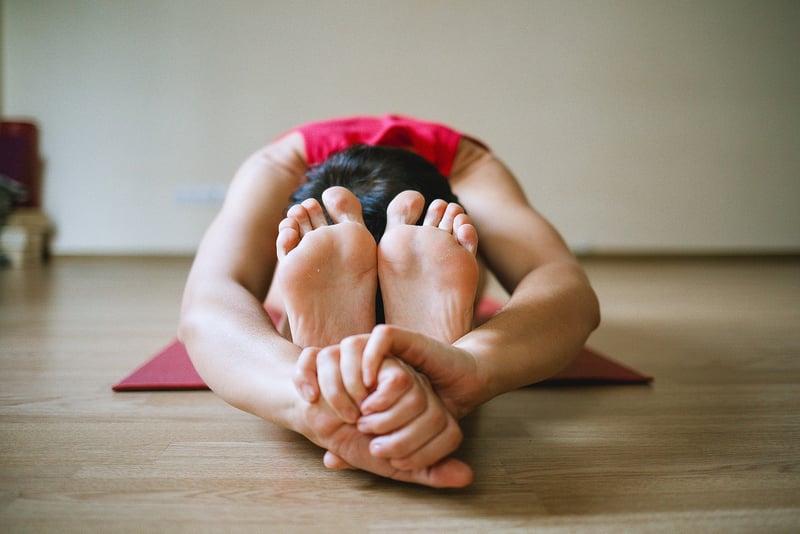PNF Stretching
Improving Flexibility and Preventing Injuries with PNF Stretching

Flexibility plays a crucial role in overall fitness and athletic performance. It not only enhances your range of motion but also helps prevent injuries during physical activities. One effective method to improve flexibility is through Proprioceptive Neuromuscular Facilitation (PNF) stretching.
What is PNF Stretching?
PNF stretching is a technique that involves a combination of stretching and contracting muscle groups. It targets specific muscle groups to improve flexibility rapidly. PNF stretching is often used in rehabilitation settings and by athletes to enhance performance and prevent injuries.
How Does PNF Stretching Work?
PNF stretching involves stretching a muscle group to its limit, then contracting it isometrically against resistance before stretching it again. This process helps to reset the muscle's neuromuscular reflexes, allowing for a greater stretch and improved flexibility.
Benefits of PNF Stretching
- Enhanced flexibility and range of motion
- Improved muscle strength
- Prevention of muscle imbalances
- Reduced risk of injuries
- Improved athletic performance
How to Perform PNF Stretching
- Hold-Relax: Stretch a muscle group, hold the stretch, then contract the muscle for 5-10 seconds. Relax and stretch further.
- Contract-Relax: Stretch a muscle group, contract the muscle against resistance, relax, and then stretch further.
- Hold-Relax with Agonist Contraction: Stretch a muscle group, contract the opposite muscle group (agonist), relax, and then stretch further.
Precautions
It's essential to perform PNF stretching under the guidance of a trained professional to ensure proper technique and avoid overstretching, which can lead to injuries. Consult with a fitness instructor or physical therapist before incorporating PNF stretching into your routine.
By incorporating PNF stretching into your fitness regimen, you can improve flexibility, reduce the risk of injuries, and enhance your overall performance in various physical activities.
Remember, flexibility is key to a healthy and active lifestyle!
